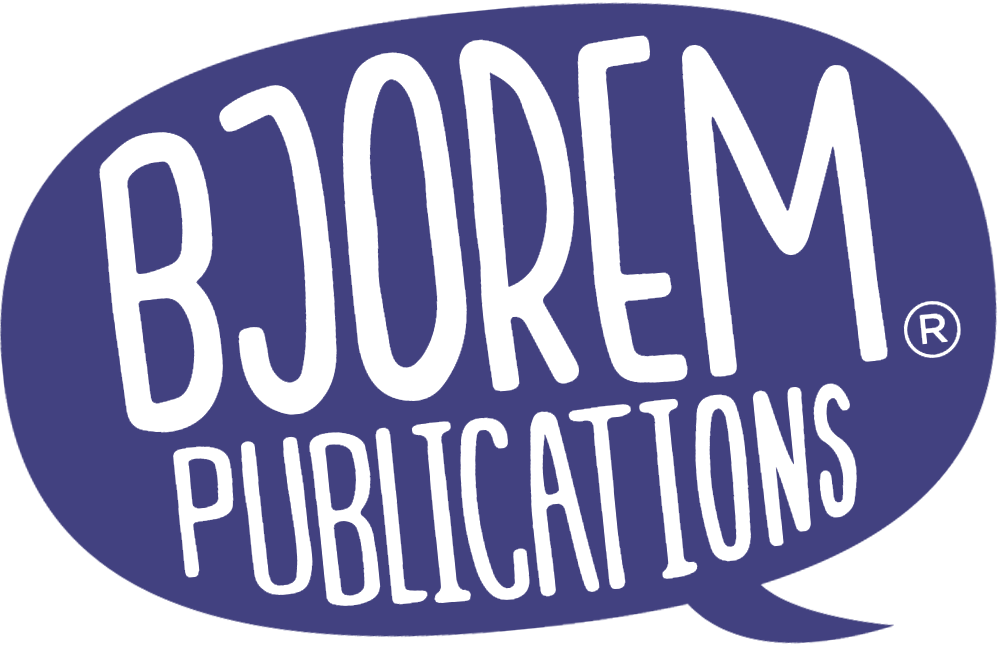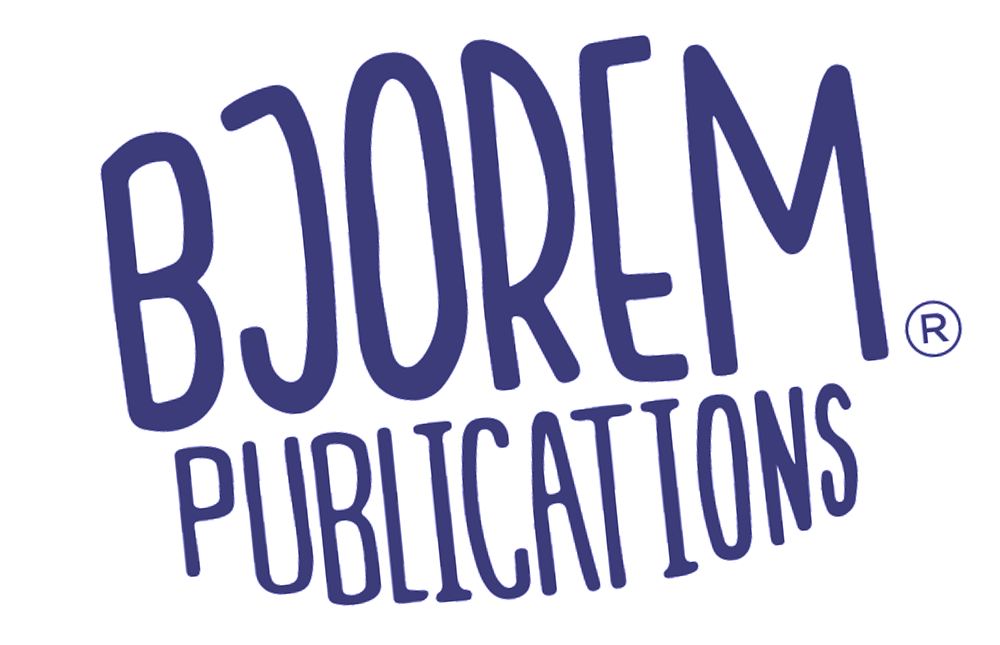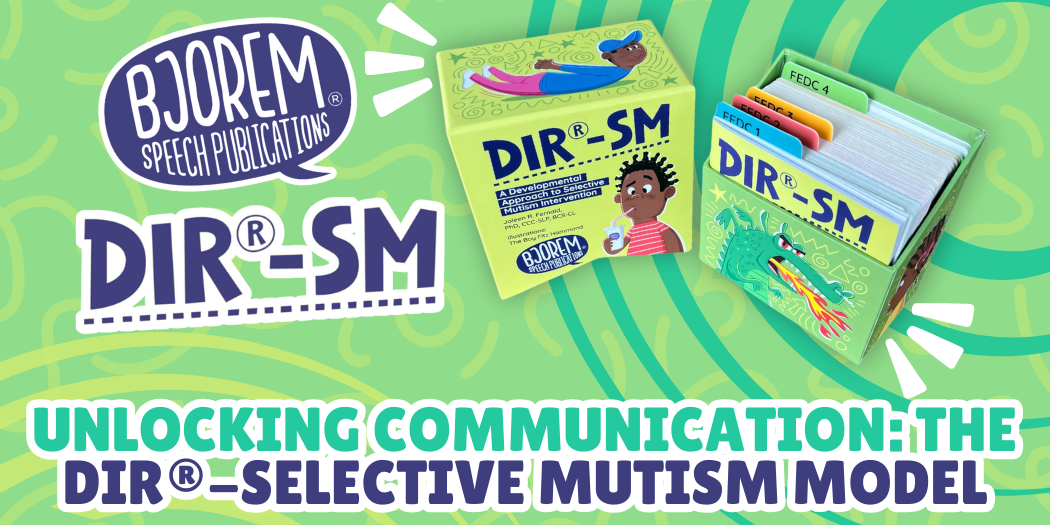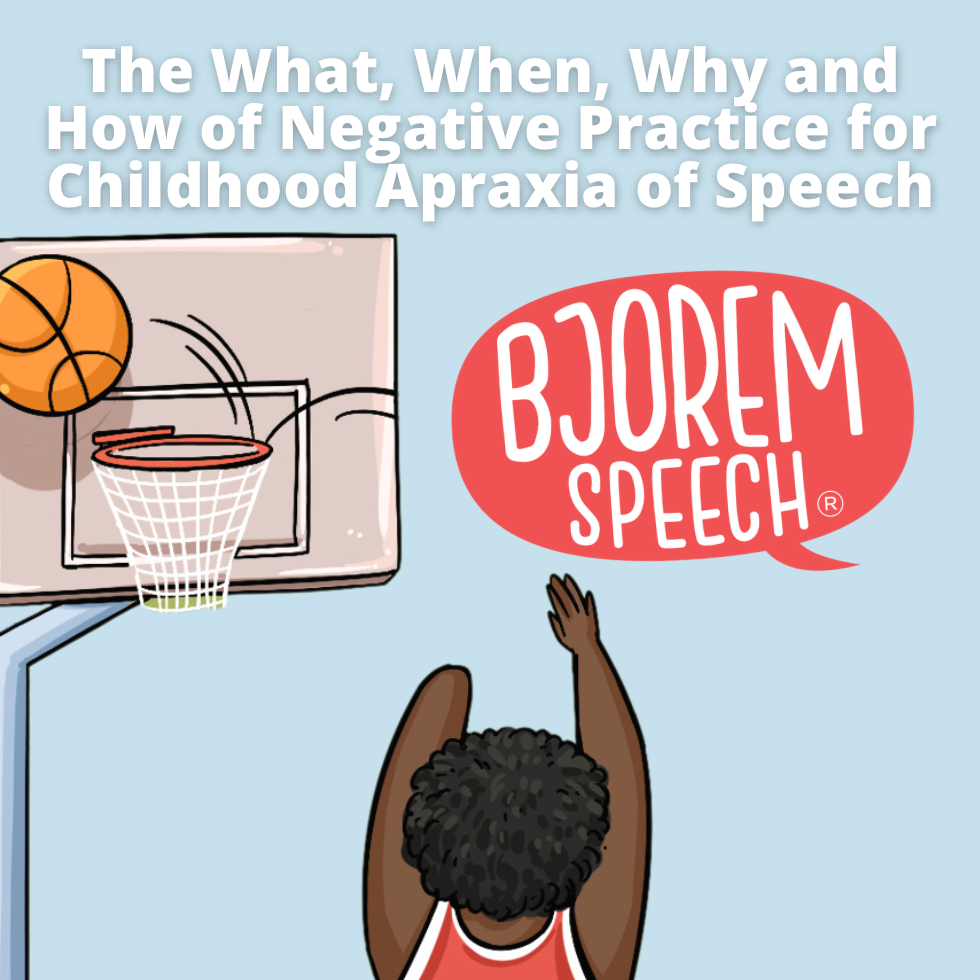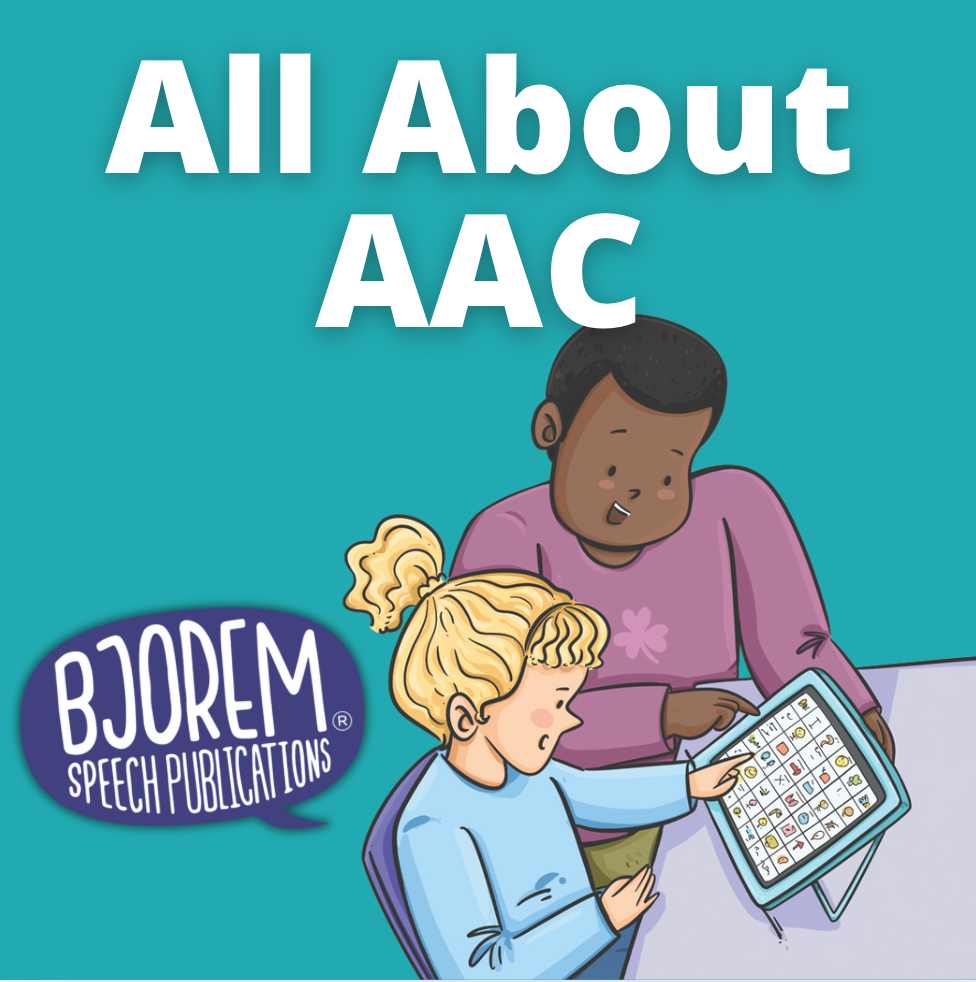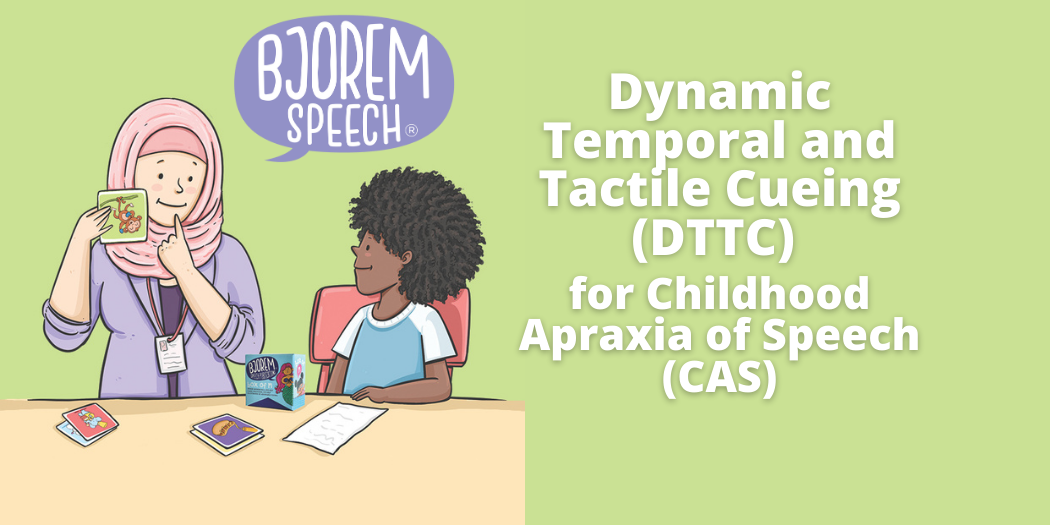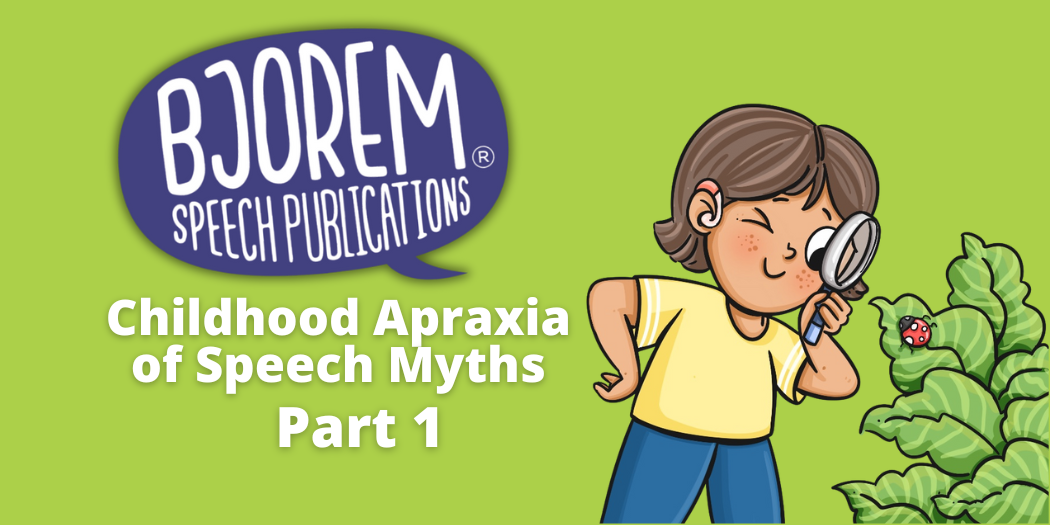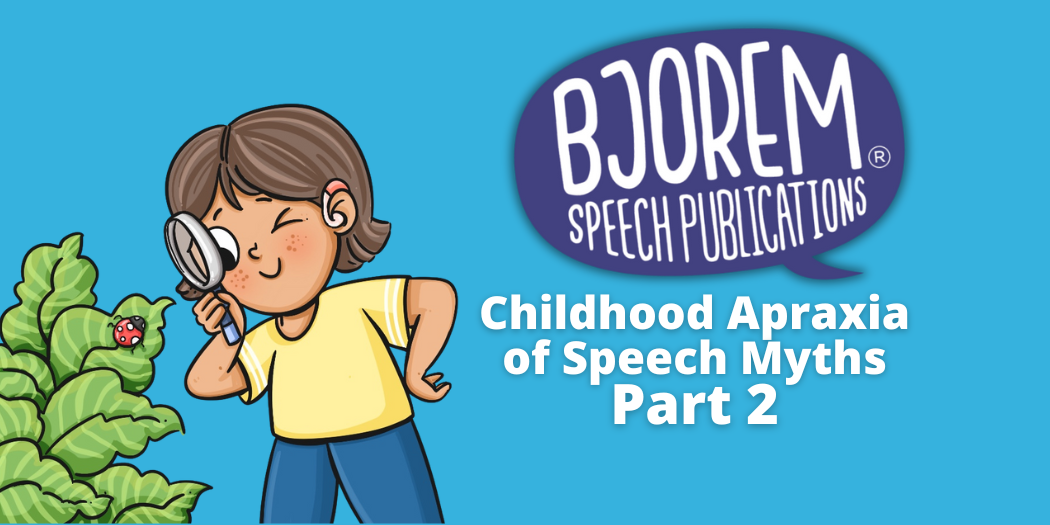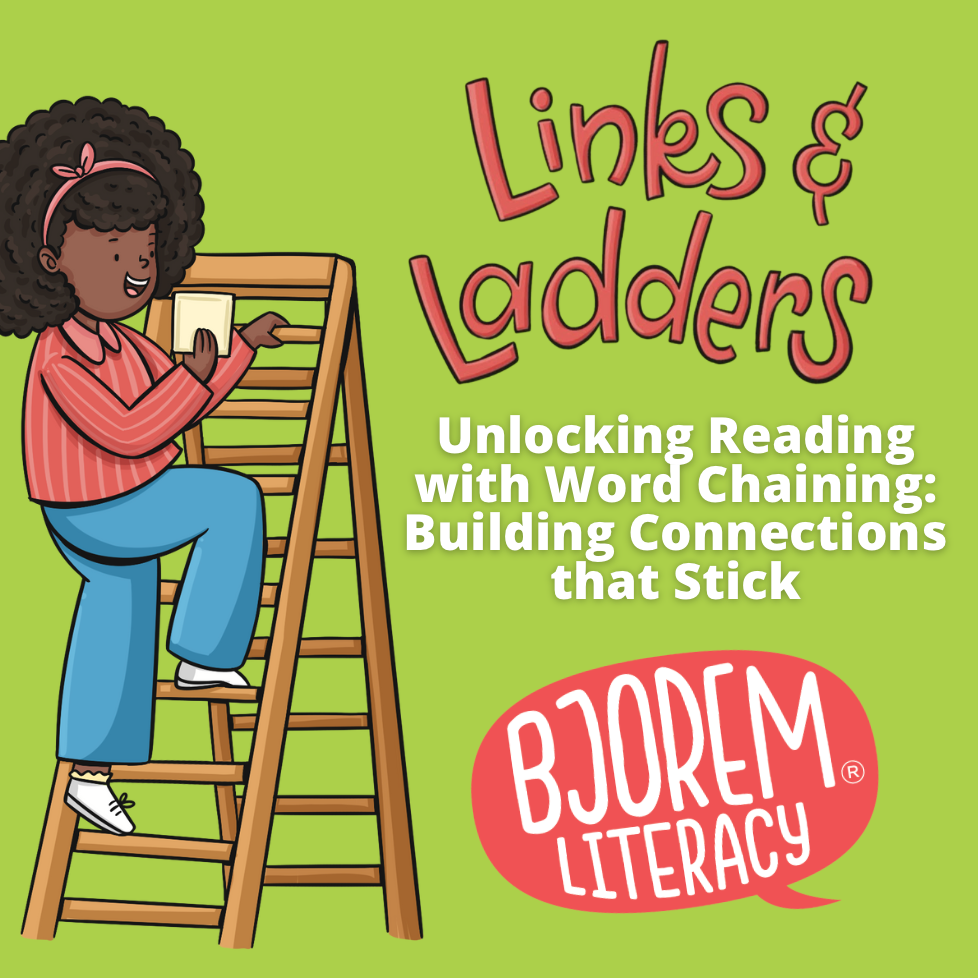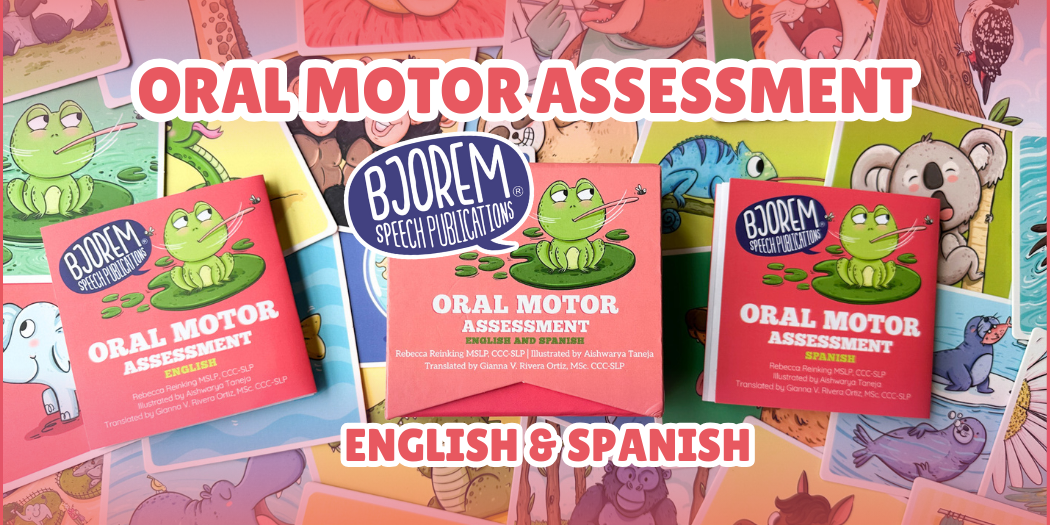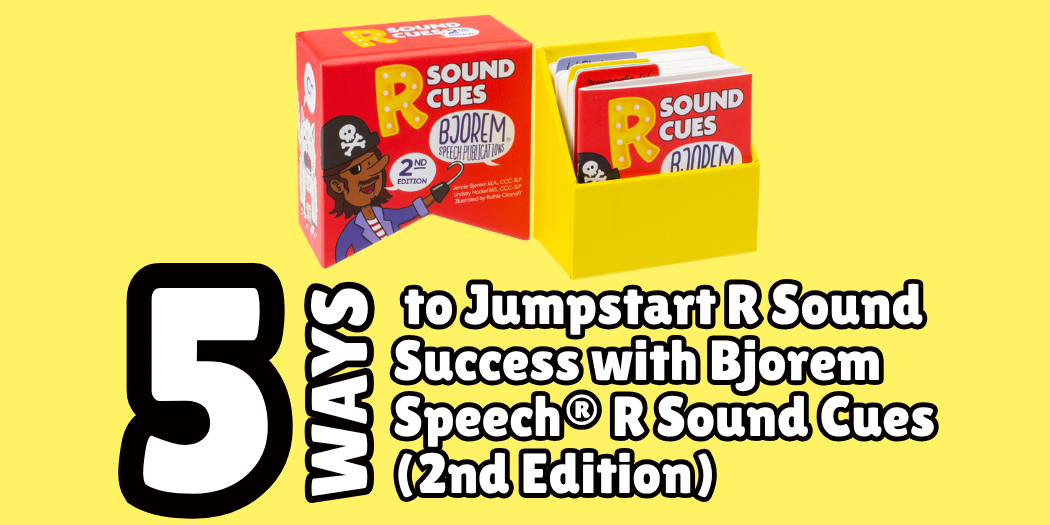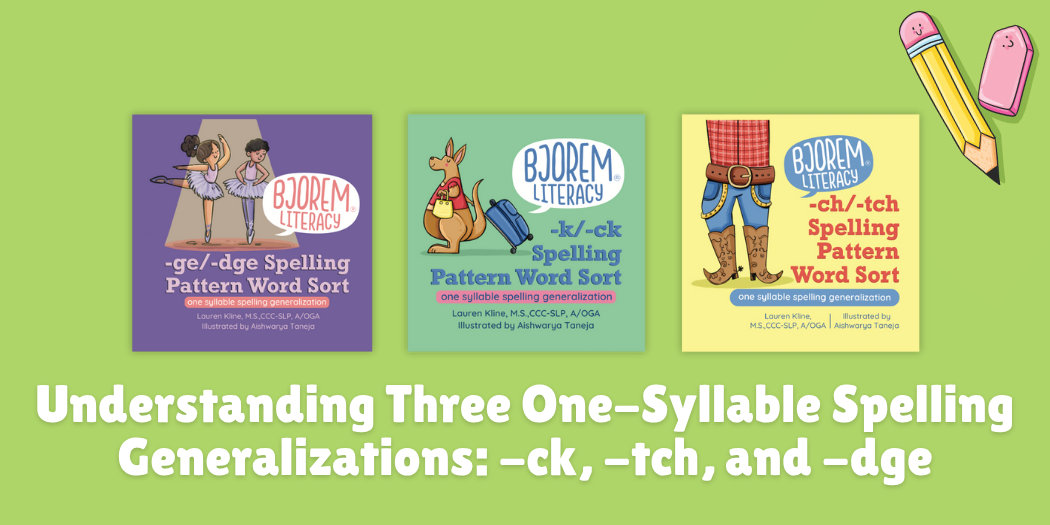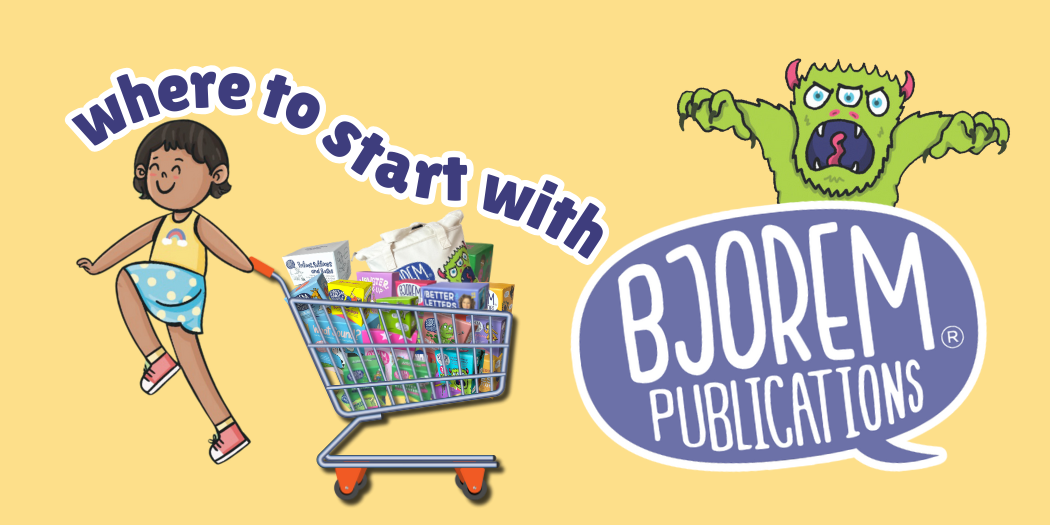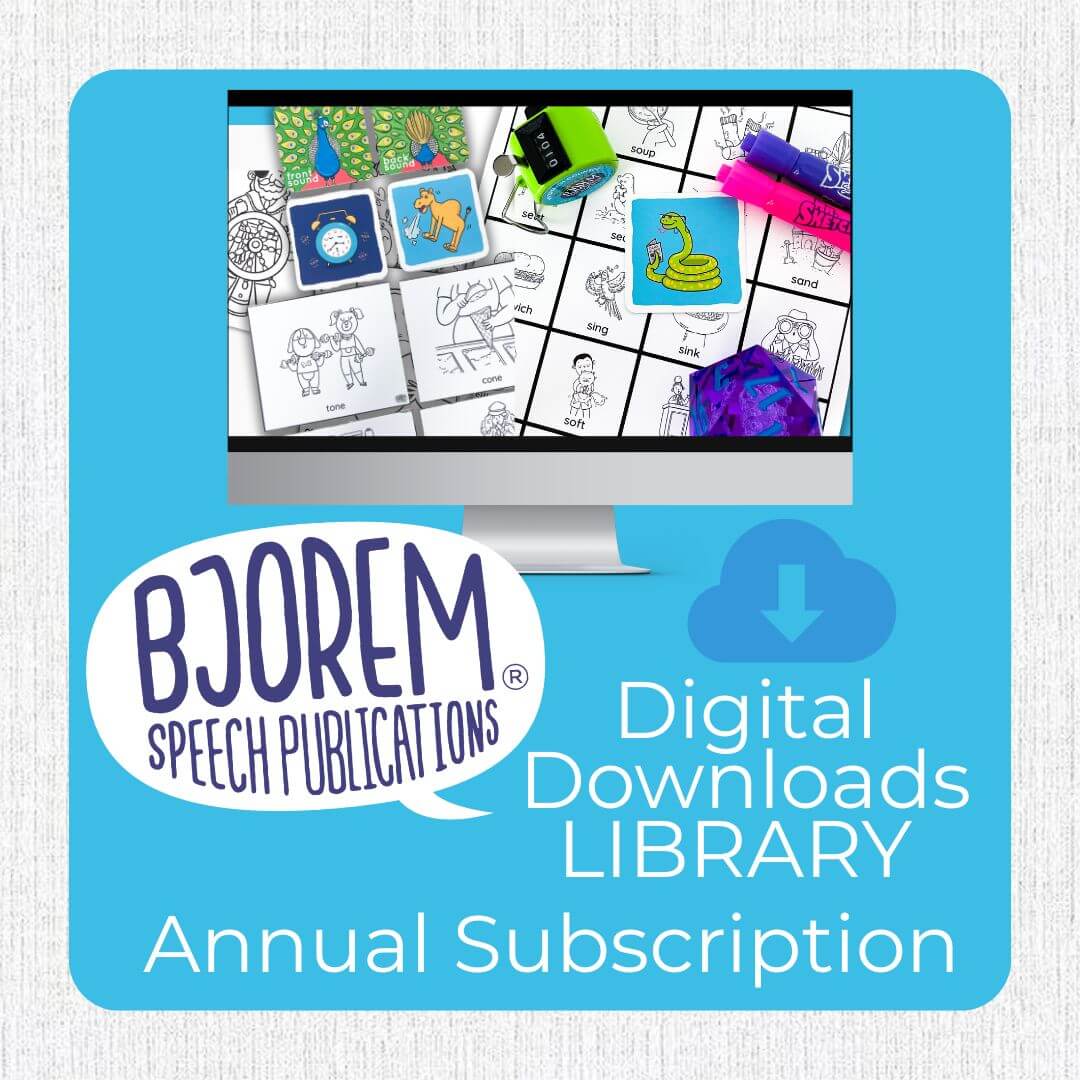
Unlocking Communication: The DIR®-Selective Mutism Model
For families, educators, and therapists supporting children with selective mutism, finding strategies that respect a child's autonomy while fostering communication can be challenging. Many approaches lean on compliance-based techniques, but for those seeking a developmental and relationship-based alternative, the DIR®-Selective Mutism Card Deck by Dr. Joleen R Fernald, CCC-SLP, BCS-CL is a game-changer.
What Is the DIR-Selective Mutism Card Deck?
A tool that is rooted in the Developmental, Individual-Differences, Relationship-Based (DIR®) Model, which prioritizes a child’s emotional and sensory experiences in the process of communication. Unlike behavioral approaches that emphasize rewards for speaking, this deck embraces the natural flow of social engagement by building safety, attunement, and trust.
The card deck includes strategies, prompts, and insights tailored to various stages of a child’s communication journey. It offers practical ways to reduce pressure, support regulation, and foster meaningful interactions without forcing speech.

Key Features and Benefits
-
DIR-Focused Strategies: Each card aligns with the DIRFloortime® framework, supporting emotional and sensory regulation as foundational steps toward verbal communication.
-
Developmentally Appropriate Prompts: The deck provides systematic support that respects a child’s comfort level and promotes engagement without coercion.
-
Relationship-Based Activities: Encourages parents, teachers, and therapists to connect with the child first—honoring their individual differences before expecting verbal responses.
-
Real-World Application: The strategies work in various settings, from classrooms to playdates, empowering caregivers with tangible tools that enhance a child’s sense of safety and autonomy.
-
Sensory and Emotional Considerations: Acknowledging that selective mutism is often intertwined with sensory processing and anxiety, the deck offers activities that support regulation before verbal communication emerges.
Who Can Benefit from This Card Deck?
This resource is ideal for:
- speech-language pathologists
- mental health professionals
- occupational therapists
- educators
- caregivers
who are looking for developmentally respectful ways to support children with selective mutism. It bridges the gap between therapeutic interventions and everyday interactions, making it easier to create environments where children feel safe to communicate in their own time.
Why the DIR® Approach Matters for Selective Mutism
Traditional interventions often focus on getting a child to talk as quickly as possible. However, the DIR® approach emphasizes emotional safety, sensory processing, and relational connection as the true foundations of communication. When a child feels heard and understood beyond their verbal output, speech often follows naturally.
This card deck embodies this philosophy, offering a gentle, respectful, and empowering way to support children navigating selective mutism. By progressing through the Functional Emotional Developmental Capacities (FEDCs), professionals and caregivers can build trust, honor individual differences, and ultimately help children find their voice in a way that feels safe and authentic.

Final Thoughts
The DIR®-Selective Mutism Card Deck is more than just a resource—it’s a shift in how we approach communication challenges.
References:
Huey, L. S., Anne, S. J., & Ramlee, F. (2024). Role of Play-based Intervention in Managing Selective Mutism in a Young Child: A Case Study. Journal of Cognitive Sciences and Human Development. Vol, 10, 1.
Melfsen, S., Jans, T., Romanos, M., & Walitza, S. (2022). Emotion regulation in selective mutism: A comparison group study in children and adolescents with selective mutism. Journal of Psychiatric Research, 151, 710-715.
Melfsen, S., Romanos, M., Jans, T., & Walitza, S. (2021). Betrayed by the nervous system: a comparison group study to investigate the ‘unsafe world’model of selective mutism. Journal of Neural Transmission, 128(9), 1433-1443.
Schwenck, C., Gensthaler, A., & Vogel, F. (2021). Anxiety levels in children with selective mutism and social anxiety disorder. Current Psychology, 40(12), 6006-6013.
Written by the author of the DIR®-Selective Mutism Card Deck, Dr. Joleen R Fernald, CCC-SLP, BCS-CL

